AP art student conveys societal issues through artwork
May 18, 2021
Typically when a student mentions taking an Advanced Placement (AP) class one’s mind automatically jumps to intense studying for subjects such as English, math, science and social studies. However, the AP curriculum has expanded its reach over the years and now offers coursework in subjects with more creative backing. Examples of these courses include the AP Art and Design Program, AP Studio Art, AP Art History and AP Music History.
Students at NHS are given the opportunity to enroll in the AP Studio Art class, currently taught by art teacher Eden Quispe, with the chance for college credit at its conclusion. Senior Tessa Preheim enrolled in the class her junior year, and has since prospered in the freedom of creativity included within the class. Once informed on the curriculum for the class last spring, she began planning for her theme. Fortunately, the difficulties faced in America provided just the theme that Preheim had been searching for; unity in times of distress.

“Mrs. Quispe is pretty lenient, but you just gotta make like 12 types of art before the AP art test,” Preheim said. “They’ll just send in a bunch, so you first have to pick a theme. Then you have to make 12 pieces that relate to the theme, three showing your improvements. Personally, I just chose to do different issues we faced this year.”
Throughout the year 2020, the United States faced a great deal of unprecedented trauma. The most prominent being the COVID-19 pandemic, intensifying political division illuminated by the presidential election, the climate crisis and widening economic inequality. With additional time due to the stay at home order instituted by the state of Kansas in late March, Preheim decided to spend her time artistically conveying her perceptions and opinions in connection to the dilemmas at hand.

“Last summer, I decided on my theme when I was really bored over quarantine. I really wanted to paint something and it was during all the big protests for Black Lives Matter so I wanted to paint something to kind of represent how I felt during those times,” Preheim said. “Then I thought that it would be a good way to fill in my AP art project, and something I would like to do. So I did that and then I did one about wearing masks. So I kind of just was going off of my feelings during those times.”
As stated in the NHS course catalog, the AP Studio Art class focuses on in-depth individual work and the creation of a portfolio containing examples of the artist’s best artwork. Preheim says that although the particular medium of the art does not matter for their portfolios, she personally chose to begin with big canvases. She plans however to transition to smaller canvases or other textiles such as glass and boxes in the near future as the big canvases are very time consuming. Some of the pieces of artwork already in her portfolio include topics such as Black Lives Matter, gender equality, school shootings and most recently poverty. Her next piece is aimed at conveying the right to education.

“One positive of the project is I get to be more informed and learn more information about all these issues. I tried to add some fun things into the paintings, like information,” Preheim said. “But a con is there’s a time limit, and I’m not getting them done quick enough.”
Each piece Preheim creates for her portfolio features the use of hands in some context or another. Many are holding objects such as signs, flags and masks but others have text written directly on them. According to The Westologist, the human hand has long been the center of visual art history, as it reveals the development of cultural trends throughout periods of time. A hand’s simplicity, in connection with the societal issues faced today, are what many viewers find intriguing about Preheim’s choice of artwork thus far.
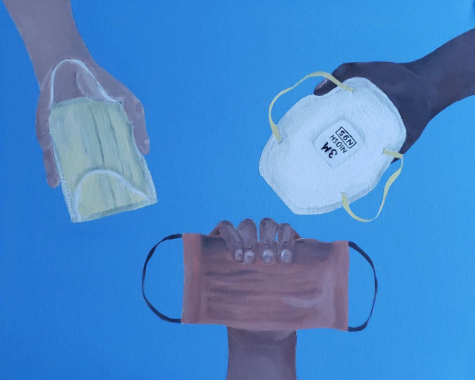
“I met Tessa in fifth grade through orchestra,” senior Acacia Penner said. “She’s extremely dedicated to school and art and works on [her pieces] every day in class. I think her theme is very empowering to any minority and the pieces are so simple yet say so much.”
Although Penner decided to take a different route for her AP Studio Art portfolio, she and Preheim can both appreciate the flexibility and freedom that the class provides. The structure of the class is set up in such a way to allow the students direction but total control. This is where artist’s creativity can truly shine through, and in many cases can lead students to discovering passions worth pursuing as future careers.

“I find the AP class to be extremely helpful for people planning on going into an art college in the future,” Penner said. “I am working on my portfolio for my tattooing career in the future so I’m not doing a theme however I am still pursuing art.”
All in all, Preheim hopes that her artwork conveys a deeper meaning than just an everyday assignment. The issues that she chose to depict are problems that are typically overlooked by society or are oftentimes avoided being talked about, especially with teens and young adults. The visual representation of these societal issues may prompt conversation and ultimately societal change.
“[The major message I wanted to convey is that] even through all these tough times, nobody’s really alone, and we’re all facing the same issues,” Preheim said. “Even if it’s not the same specific issue, people are also going through that, and that we need to just be reminded of all these issues that we sometimes overlook, that are a really big part of our society.”

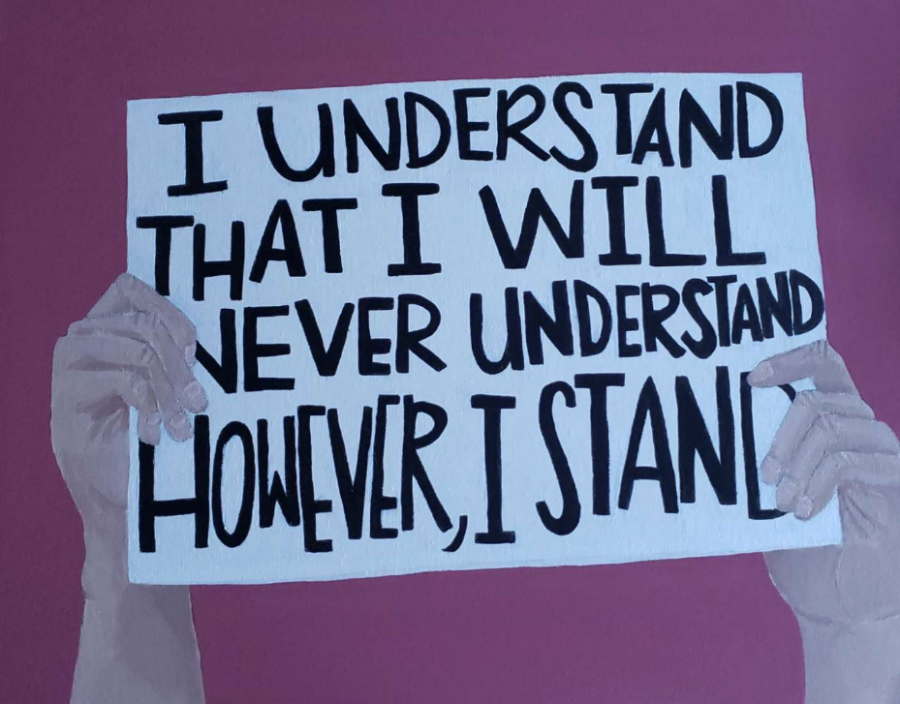
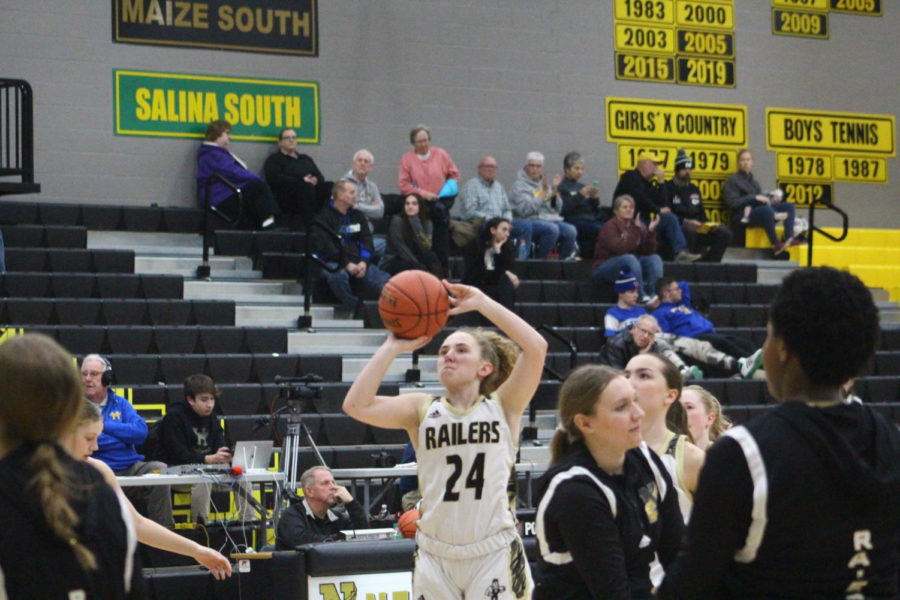
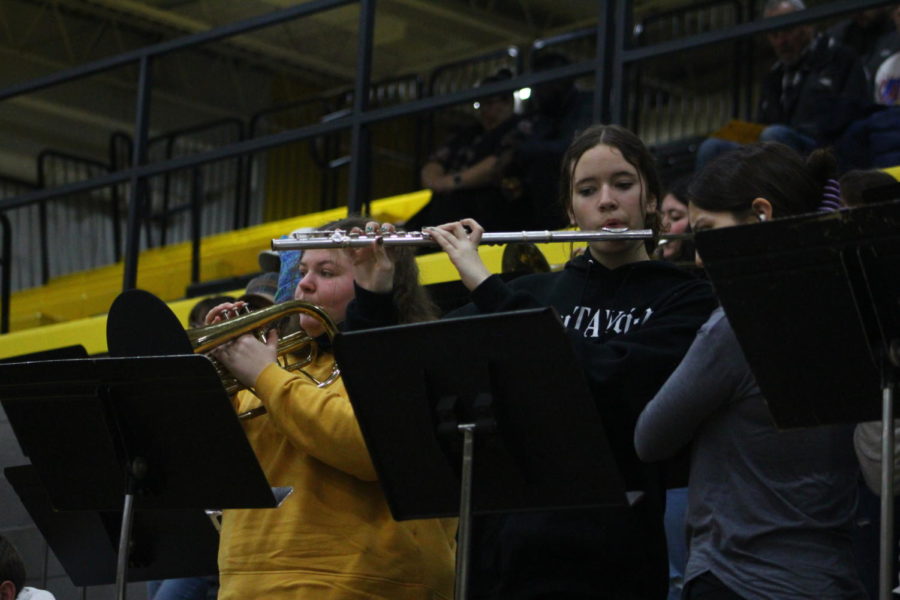



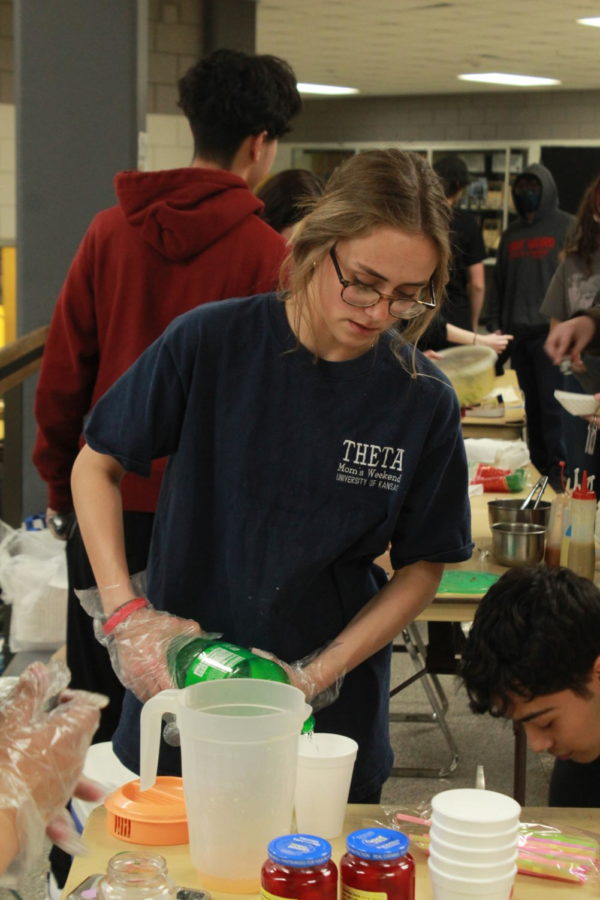




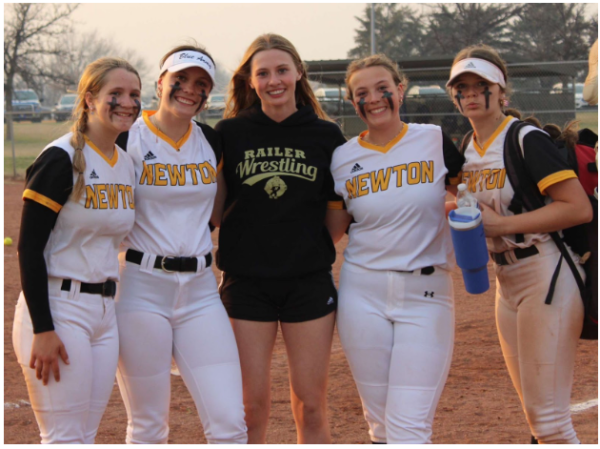
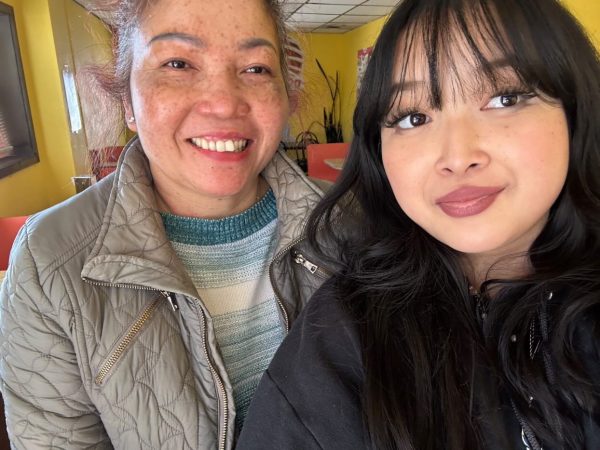
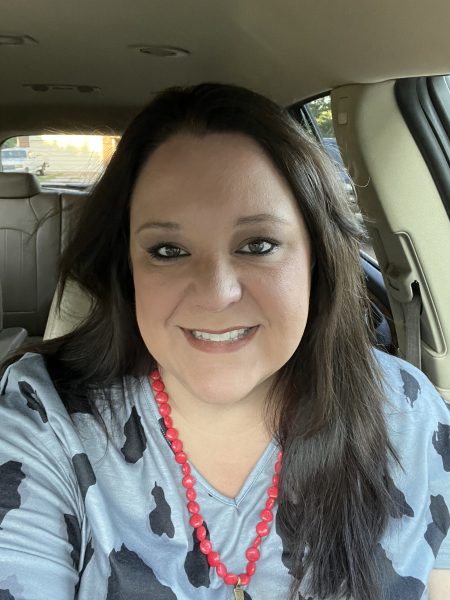


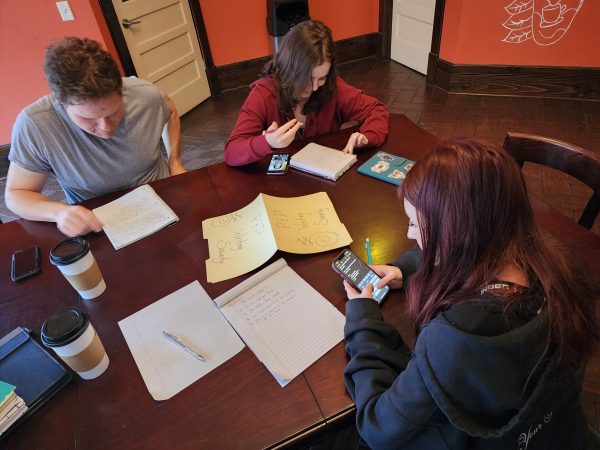
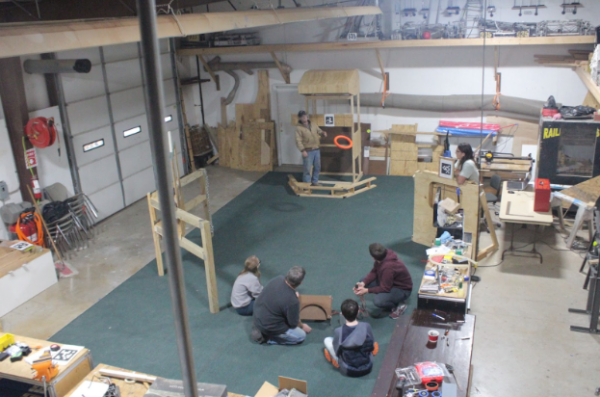
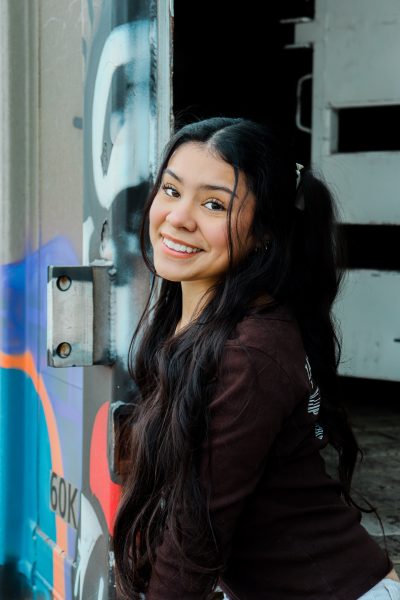


Oregon resident • May 18, 2021 at 8:58 pm
Most interesting subject matter and well presented.